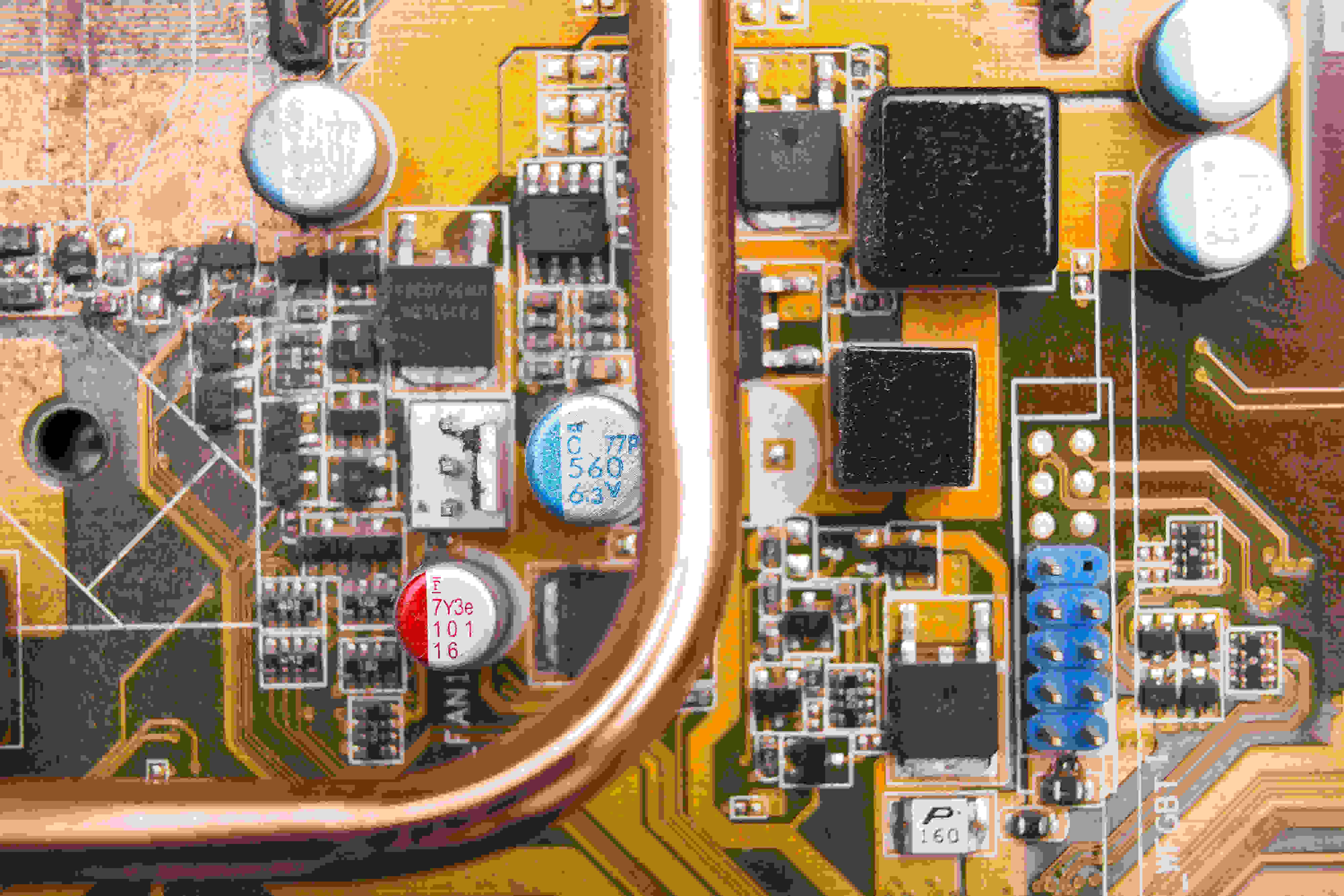What is RoHS?
Restriction of Hazardous Substances.
By complying with RoHS regulations, manufacturers ensure that their products are safer for consumers and the environment. The directive aims to reduce the environmental and health risks associated with these substances. RoHS compliance ensures that products meet the specified limits for substances such as lead, mercury, cadmium, hexavalent chromium, polybrominated biphenyls (PBBs), and polybrominated diphenyl ethers (PBDEs).

What are the materials restricted under RoHS?
The substances restricted under RoHS are Lead (Pb), Mercury (Hg), Cadmium (Cd), Hexavalent Chromium (CrVI), Polybrominated biphenyls (PBB), and Polybrominated diphenyl ethers (PBDE).
Difficulties businesses face with RoHS compliance
Difficulties in achieving RoHS compliance
Developing products that adhere to RoHS requirements
Evaluating the current bill of materials (BOM) for RoHS compliance
Implementing lead-free assembly and managing inventory
Establishing a system for managing and updating data related to RoHS compliance
Evaluating the impact of material and process changes on product reliability
Exploring product redesign options or identifying alternative parts
Each country has adopted their own version of RoHS, and it is important for businesses to know and comply with the regulations specific to the countries where they export their products.
China (China RoHS)
Japan (J-MOSS)
South Korea (Korea RoHS)
Turkey (Turkey RoHS)
Ukraine (Ukraine RoHS)
Norway (Norway RoHS)
India (India RoHS)
Israel (Israel RoHS)
Serbia (Serbia RoHS)
Belarus (Belarus RoHS)
Argentina (Argentina RoHS)
Russia (Russia RoHS)
Brazil (Brazil RoHS) (Coming soon)
How would Horiaki help with RoHS?
Horiaki provides global RoHS compliance solutions for manufacturers selling into other countries including the United Arab Emirates (UAE), European Union (EU), Taiwan, China and India.
Meeting the due diligence obligations of RoHS compliance regulations
Obtaining comprehensive material declarations from suppliers in the IPC 1752A format
Categorizing and classifying items according to RoHS requirements
Gathering RoHS and REACH Certificates of Compliance
Conducting thorough follow-up activities for RoHS compliance, including data gathering, SVHC tracking, and information dissemination throughout the supply chain
It is mandatory for all relevant products available in the EU market to comply with WEEE regulations and display the “Wheelie Bin” sticker. While RoHS focuses on regulating hazardous substances in the manufacturing of electrical and electronic equipment (EEE), WEEE governs the proper disposal and management of such equipment.
No, packaging that is intended to be discarded after a product purchase is not considered part of the electrical and electronic equipment (EEE) and therefore does not fall under the scope of RoHS directives. However, packaging that is an integral part of the product and is disposed of along with the product may need to comply with RoHS regulations. The determination would need to be made on a case-by-case basis.
Yes, RoHS regulations have a global reach. If you don’t sell products in Europe, EU RoHS regulations may not directly apply to you. However, it is important to comply with the RoHS regulations of the countries where your products are launched. Apart from the EU, several other countries have implemented RoHS regulations similar to EU RoHS, but with their own specific scope of products.
The CE mark is required to demonstrate RoHS compliance. The separate green ROHS label is no longer necessary as the CE mark signifies compliance with RoHS regulations. Proper marking is essential to indicate product compliance, facilitate import and export, and ensure market placement. Additionally, compliance with the WEEE Directive mandates the use of the “crossed out wheeled bin” symbol.
